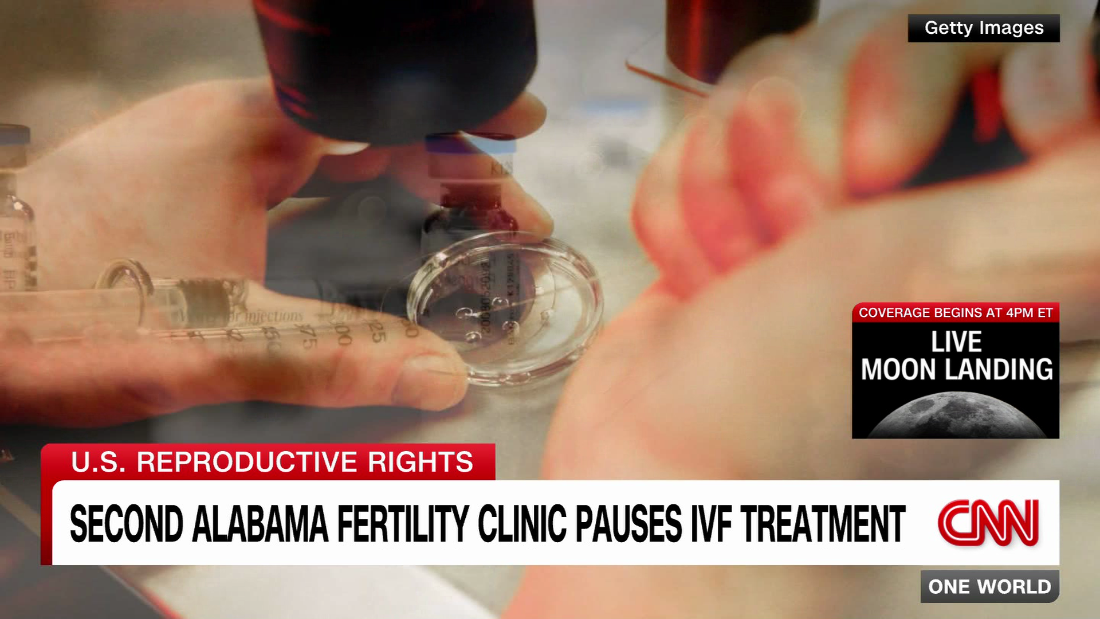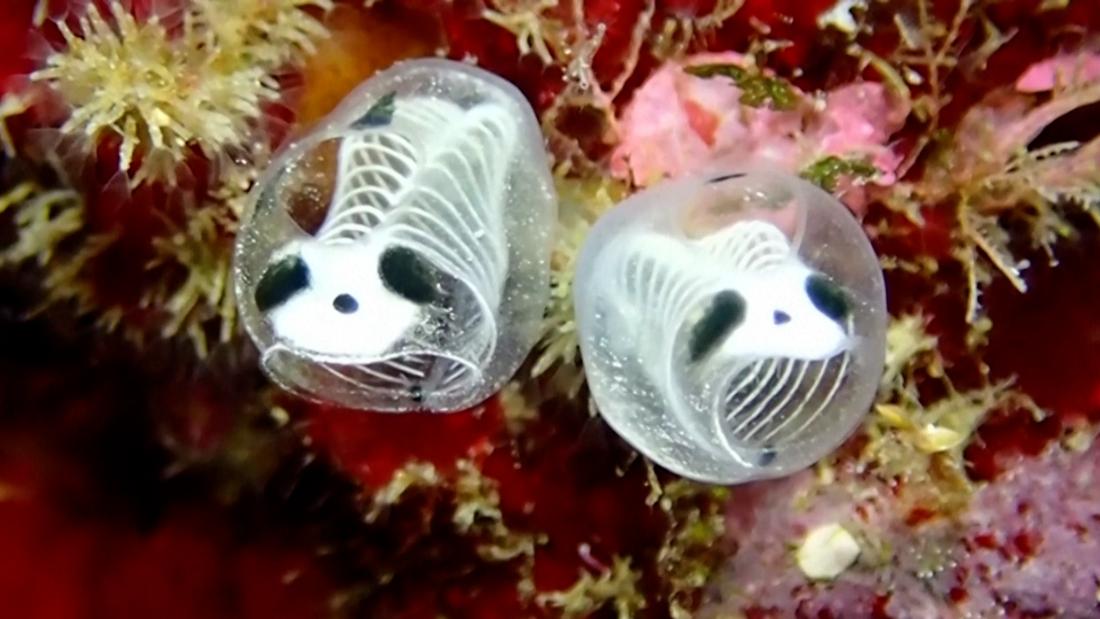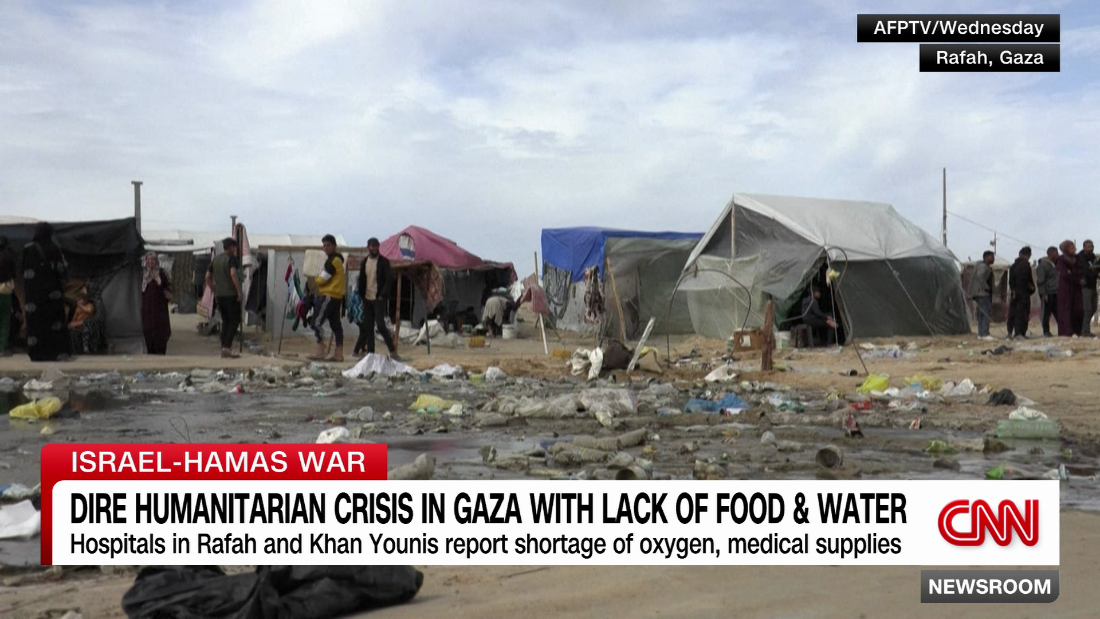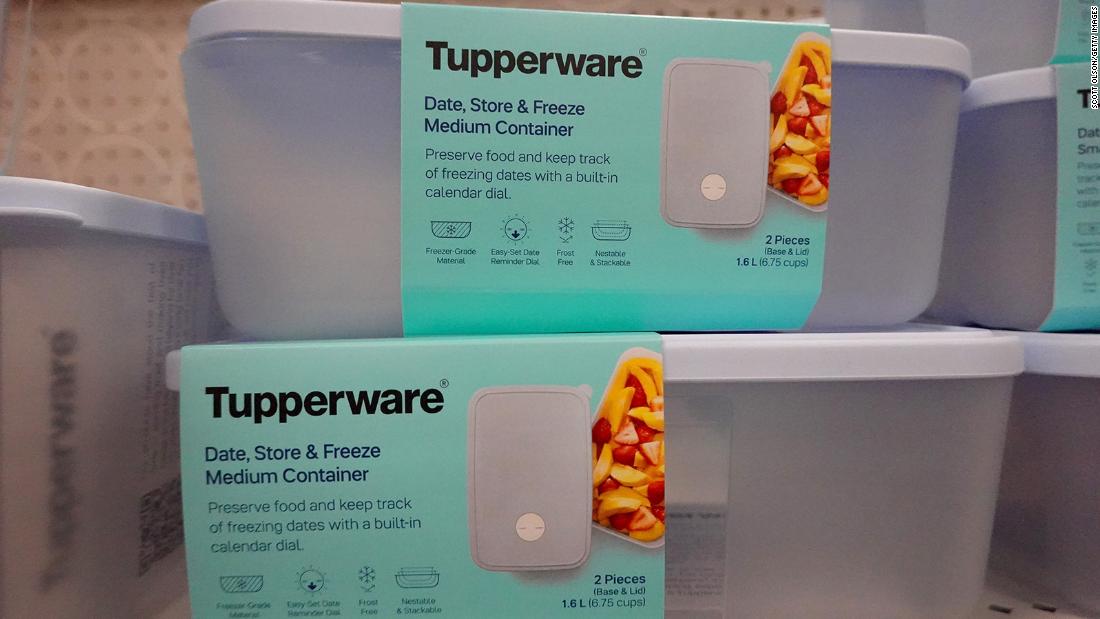A POPULAR UK supermarket has recalled two of its products over fears they could cause an outbreak of potentially deadly illness.
Customers have been warned not to eat either of the products after it was discovered they may contain Shiga toxin-producing E.coli (STEC).
SainsburysThe houmous could spark an E.coli outbreak[/caption]
SainsburysSainsbury’s is asking customers to return the contaminated products[/caption]
Fears have been sparked that the contaminated Sainsbury’s products could spark an outbreak of a potentially deadly sickness if consumed.
Shoppers may suffer serious symptoms including diarrhoea, abdominal pain and bloody diarrhoea if they eat the houmous.
The Shiga toxin-producing E.coli could also cause haemolytic uremic syndrome – a serious condition that can lead to kidney failure and can be fatal.
Anyone who has purchased JS Classic Houmous and JS Lemon & Coriander Houmous is being warned not to eat them.
Customers who have bought the contaminated products are asked to return them to the point of sale urgently.
Sainsbury’s will hand out full refunds to customers who bring back the potentially harmful houmous.
The supermarket is putting up in-store notices to explain the recall to customers.
An urgent warning notice issued by the The Food Standards Agency reads: “Sainsbury’s has taken the precautionary step of recalling JS Classic Houmous and JS Lemon & Coriander Houmous because these products may contain Shiga toxin-producing E.coli (STEC).
“If you have bought any of the above products do not eat them.
“Instead, return them to the store from where they were bought for a full refund.”
Shiga toxin-producing Escherichia coli (STEC): symptoms, how to avoid, and how to treat
THE most common type of Shiga toxin-producing Escherichia coli (STEC) in the UK is O157.
Symptoms
People infected with STEC can have a combination of the following symptoms:
diarrhoea (about 50 per cent of cases have bloody diarrhoea)
stomach cramps
fever
Some people may have mild diarrhoea, or even no symptoms at all.
Symptoms can last up to two weeks in cases without complications.
A small proportion of patients, mainly children, may develop haemolytic uraemic syndrome (HUS) which is a serious life-threatening condition resulting in kidney failure.
And a small proportion of adults may develop a similar condition called thrombotic thrombocytopaenic purpura (TTP).
How it’s transmitted
Cattle are the most important reservoir of STEC O157 in the UK, although STEC have also been found in the faeces of a range of animals, including deer, rabbits, horses, pigs and wild birds.
People can become infected by:
eating contaminated food
contact with infected animals either directly or through inadvertent contact with animal faeces, for example at farms, petting farms and campsites
contact with other people who have the illness (through inadequate hand hygiene after using the toilet, before food handling – particularly in households, nurseries and infant schools, or both
drinking water from inadequately treated water supplies
swimming or playing in contaminated water such as ponds or streams
How to avoid getting it
Good hygiene practices relating to food and drink, and animals and their environment can hep you avoid getting infected.
You must:
cook all minced meat products (burgers, meatloaf, meat balls) thoroughly, until the colour is the same all the way through, and no blood runs from them
ensure refrigerators are working correctly – bacteria grow more quickly at temperatures over 4oC
only leave cooked foods, meat and dairy products out at room temperature for a short time
store uncooked meats below cooked meats and salad vegetables to avoid dripping juices onto ready to eat food
store uncooked and cooked meats on different plates, avoid all contact between raw and cooked meats
thoroughly wash all salad vegetables and do not prepare them with utensils that have also been used for raw meat
children and the elderly who are particularly susceptible to the severe effects of STEC should avoid eating or drinking unpasteurised dairy products
people who have been ill should not prepare food for others for at least 48 hours after they have recovered
boil any drinking water if you are unsure of it’s source
do not swim in water that you think may be contaminated by cattle and sheep in nearby fields
wash your hands thoroughly after using the toilet (or helping others including changing nappies), handling raw meat, before meals and after contact with animals
How to treat STEC
There is no specific treatment for STEC infection. The illness is usually self-limiting, and will clear itself within a week.
It’s important to drink plenty of fluids as diarrhoea can lead to dehydration.
Antibiotics are not recommended and are likely to increase the risk of getting complications such as HUS.
Also, stay away from work or school until 48 hours after you’ve stopped vomiting or having diarrhoea.
Source: UK Health Security Agency
Published: [#item_custom_pubDate]













































































































